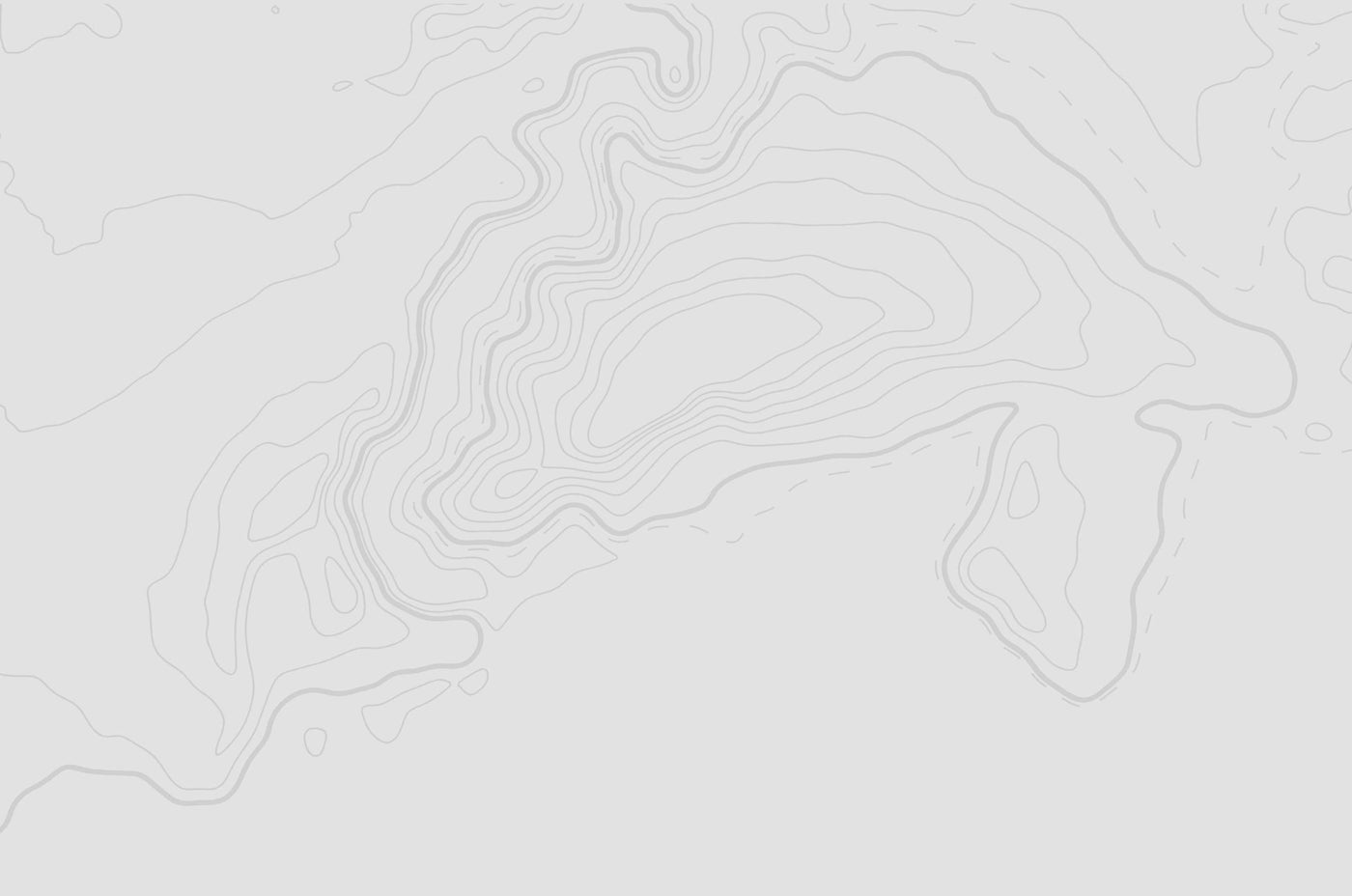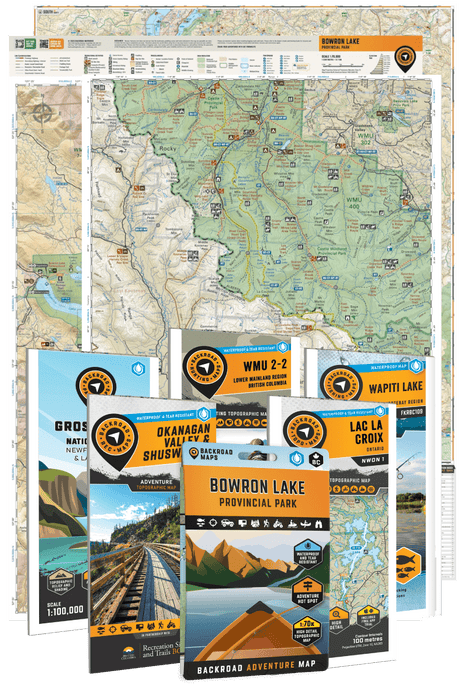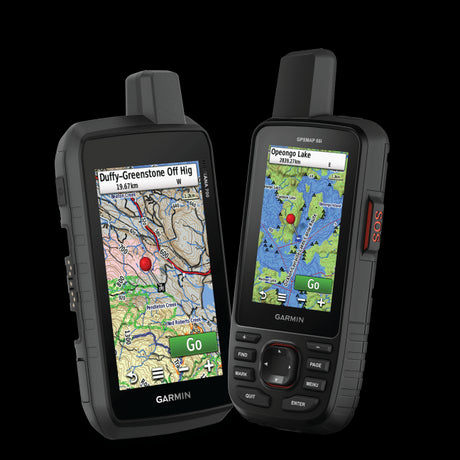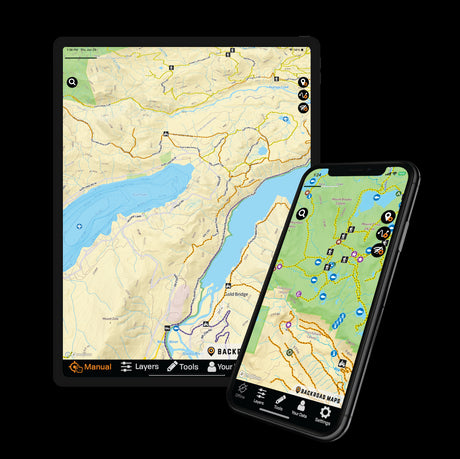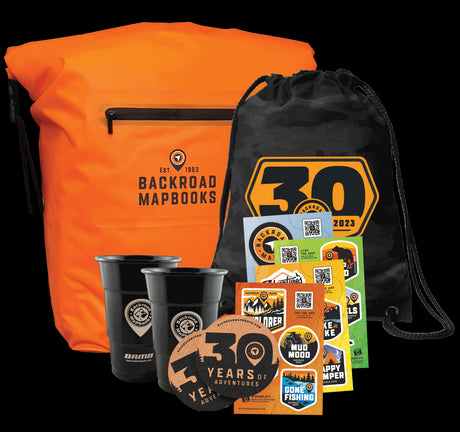While much of Canada is prone to harsh winters that can keep many adventurers inside, some of us prefer to bundle up and enjoy the outdoors regardless of the temperature. This is not just true for skiers and snowmobilers – many hunters look forward to the unique opportunities available only while winter hunting.
Some trophy animals, such as cougars, are best hunted in the winter when their tracks can be easily seen in the snow – the same goes for smaller game such as snowshoe hare. Other species, such as ptarmigan, which are normally far out of reach for most hunters migrate south during the winter months, making them much more easily accessible. And for hunters who are looking to make a few bucks, winter is the prime time for harvesting coyote pelts.
Below you will find a list of some of the most popular species to hunt for in Canada during the winter months, along with some tips and tricks on finding and harvesting them. And be sure to check out our new Hunting TOPO maps, which are the perfect accessory to any hunting trip.
Cougar
Cougars are probably the most sought-after winter game in Canada. These big cats are fierce predators who regularly take down deer and larger ungulates such as caribou, moose and even domesticated horses. Since cougars hunt by stalking and ambushing, they are experts at moving through the bush silently and unnoticed.
The key to a successful cougar hunt is a good pack of hounds. Hunters usually head deep into the backcountry with a four-wheel-drive vehicle or snowmobile, then look for cougar tracks in the snow – after a fresh snowfall is the best time to find a cougar when their tracks are clearly visible. Once a hunter is on the animal’s trail, the hounds are released with the purpose of treeing the cougar.

In Canada, cougars are found primarily in the western part of the country. Vancouver Island has the highest concentration of cougars in North America, and hunters will often harvest more than one cat in a season.
The Rocky Mountain Foothills in Alberta is another cougar hunting hotspot, with some of North America’s largest specimens recorded in the region. In fact, the #4 cougar in the world was harvested there, measuring 2.3 metres (7 ft, 9 in) from the nose to the tip of the tailbone and weighing almost 100 kg (220 lb).
Coyote
Over the last several years, coyote hunting has become more and more popular, transitioning from an off-season pursuit to a primary activity for many hunters. This is due in part to an explosion of coyote populations in many parts of the country, resulting in lax regulations and extended winter hunting seasons, with the coyote hunt remaining open in most provinces until the end of February.
Additionally, there has been a dramatic increase in the value of coyote pelts in recent years. While many hunters are content with the rewarding challenge of hunting these specialized predators, making a profit off of your hunt is certainly a bonus.


In Canada, the largest Coyotes are found in the eastern provinces, where biologists have found shared DNA between coyotes and wolves. Eastern coyotes have been known to top 23 kg (50 lb) in weight, while their western counterparts rarely exceed 16 kg (35 lb).
Where coyotes are abundant they are also fearless, often entering cities and towns to scavenge for food, so hunters have a fairly easy time tracking them down. Some hunters prefer to use a mouth call or electronic call to lure in a coyote, but this is not always necessary.
Big Game
Winter presents a number of unique big game hunting opportunities all across the country. On the west coast, many of the islands offer extended winter hunting seasons, including a bowhunting allowance for deer on Texada Island until mid-January, and a general open season on the Queen Charlottes until the end of February. In the north of the province, mountain goat hunters in the Prince Rupert area can enjoy a hunt that lasts until the end of February, as well.
In parts of Alberta, antlerless elk season lasts through January, while Saskatchewan offers moose and caribou opportunities in parts of the province as well. Manitoba hunters can hunt caribou until the end of February in the northern parts of the province, while in the southern wild boar is a popular winter target. In the Atlantic provinces, those who are willing to explore the wildlands of Labrador can pursue caribou until late April.

Snowshoe Hare
While Canada is home to cottontails, jackrabbits and Arctic and snowshoe hares, it is the snowshoe hare that is most widespread and most often hunted, being found in every province and territory.
Some hunters prefer to hunt snowshoe hare with the aid of dogs, while others prefer to simply walk through the bush and flush the little critters out of their hiding places. Hare like to hang out in forested areas, and hunters often find success around brush piles, field edges and cutlines. Take the time to examine the snow for tracks – hare is creatures of habit and the routes they take through the forest will be well-packed.
When you do see a rabbit, avoid sudden movement, as these easily spooked animals are quick to dart away. Additionally, it helps to pause every few steps to take a look all around you – sometimes a hare will let you pass by before making a move.

Ptarmigan
Ptarmigan are found in the northern reaches of Canada from coast to coast. Part of the grouse family, these birds have chunky bodies, short tails and legs and short, rounded wings. Depending on the subspecies, ptarmigans may weigh anywhere from 350 to 800 grams (0.8 to 1.8 lb).
In the winter, ptarmigan transform from their dark summer feathering to a snow-white colour, giving them excellent camouflage against predators. The birds congregate into large flocks and move south from their summer tundra habitat into the boreal forest.
Ptarmigan receive fairly low hunting pressure and are not particularly scared of humans, so your biggest challenge may be the frigid temperatures and deep snow of Canada’s north. A good snowmobile and warm winter clothing are essential ptarmigan hunting tools.
These birds are easiest to spot when they are perching on bushes or trees. They are much harder to spot in the snow, but looking for fresh tracks will usually give them away – keep an eye out for their black eyes, beaks and tail feathers.

Of course, it is always a good idea to check your local hunting regulations before heading out – rules, bag limits and seasons vary, even within a province. From all of us here at Backroad Mapbooks, we wish you a successful winter hunting season! Be sure to check out our Hunting TOPO maps which provide detailed coverage of Wildlife Management Units, Zones, and Game Hunting Areas across Canada, and our Backroad Mapbooks and Backroad GPS Maps for detailed information on the best places to hunt in Canada this winter, as well as the best maps available on the market for getting you into and out of your hunting zone smoothly.

